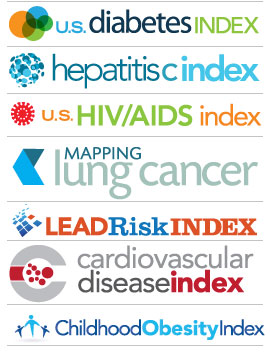The 3 studies analyzed different intervention programs in different patient populations
Clinical Trial News Saturday, October 29th, 2011October 10, 2011 — Three studies of diabetes disease management programs indicate that intensive behavioral and educational interventions may improve patient outcomes. The 3 studies analyzed different intervention programs in different patient populations, and the results were published online October 10 in the Archives of Internal Medicine as part of the journal’s Health Care Reform series.
One research group, led by Katie Weinger, EdD, from the Joslin Diabetes Center in Boston, Massachusetts, found that a structured, cognitive behavioral program was more effective than 2 control interventions in improving glycemia in adults with long-duration diabetes. The trial randomly assigned 222 adults with diabetes (49% with type 1) to 1 of 3 treatment groups: structured behavioral treatment (included a 5-session manual-based, educator-led structural intervention with cognitive behavioral strategies), group attention control (educator-led attention control group education program), and individual control (unlimited individual nurse and dietician education sessions for 6 months). All groups showed improved HbA1c levels (P< .001). The structured behavioral group, however, showed greater improvement than the group attention and individual control groups (P = .04 for group). This study thus supported educating patients with modified psychological and behavioral strategies.
JoAnn Sperl-Hillen, MD, from HealthPartners Research Foundation and HealthPartners Medical Group in Minneapolis, Minnesota, and colleagues found that individual education resulted in better glucose control outcomes than did group education in patients with established suboptimally controlled diabetes. The study evaluated a total of 623 adults from Minnesota and New Mexico with type 2 diabetes and HbA1c concentrations of 7% or higher. Although mean HbA1c concentrations decreased across all treatment groups, levels decreased significantly more in the individual education group (−0.51%) when compared with the group education using the US Diabetes Conversation Map Program (−0.27%, P= .01) and the usual care (−0.24%, P =.01) groups. Participants in the individual education group were more likely to have HbA1c levels at or below 7% (21.2%) than participants in either the group education (13.9%) or usual care (12.8%) treatment groups (P = .03 for both comparisons) at follow-up 6.8 months after enrollment. Patients receiving individual education also tended toward better psychosocial and behavioral outcomes. Read Full Article


